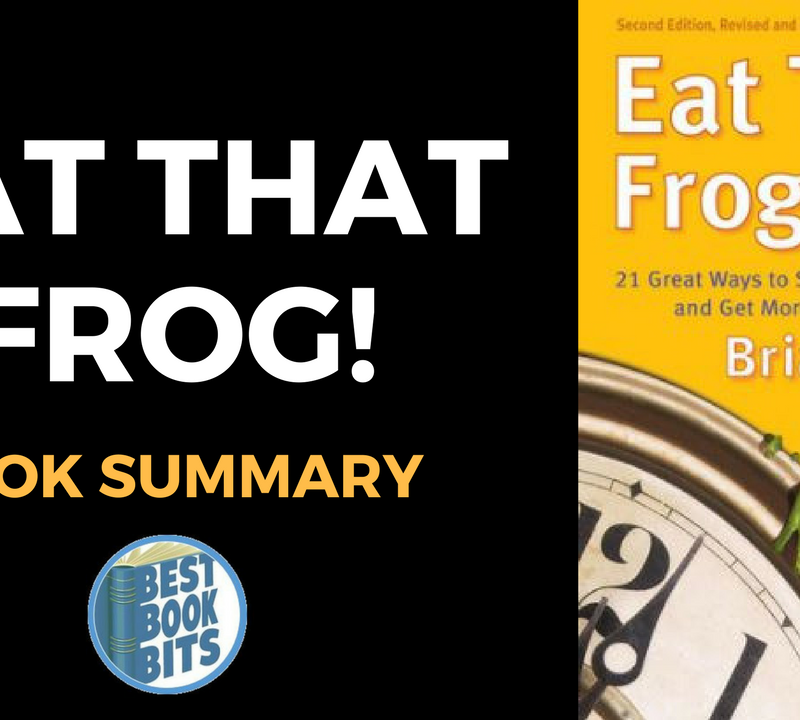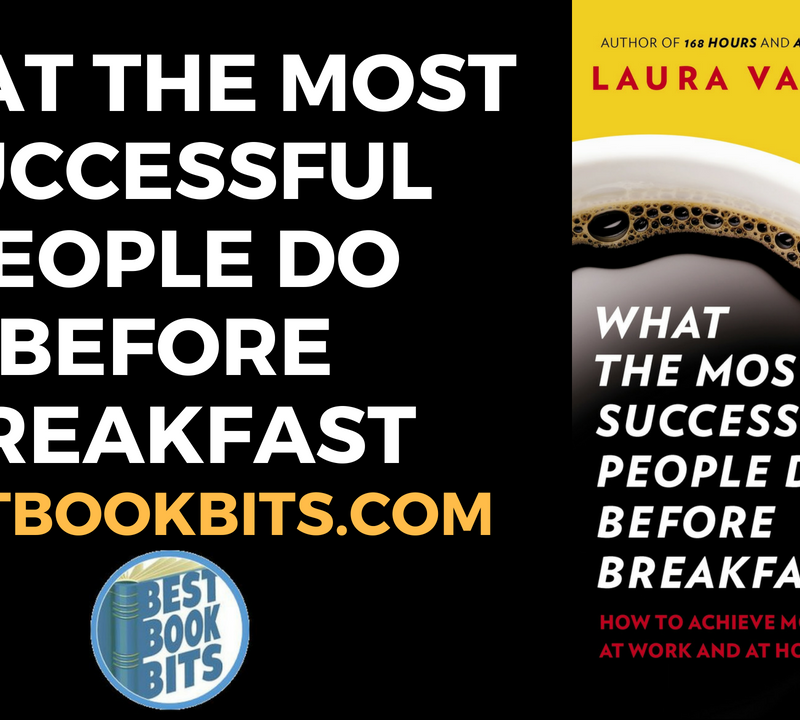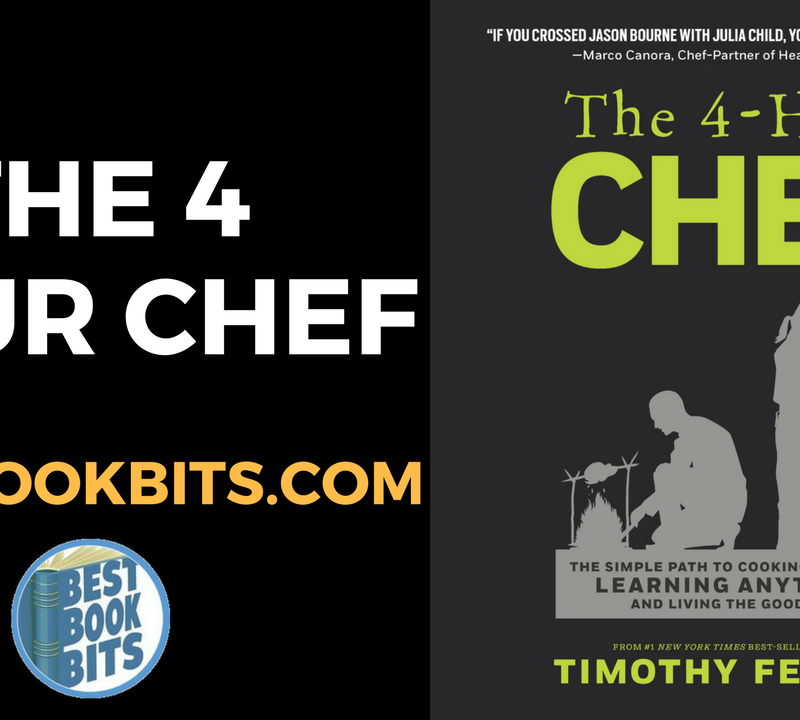★DOWNLOAD THIS FREE PDF SUMMARY HERE
? MY FREE BOOK TO LIVING YOUR DREAM LIFE”
? SPONSOR BESTBOOKBITS BY USING PATREON
? SUPPORT BESTBOOKBITS BY CLICKING THE LINKS BELOW
- 150 PDF Summaries
- Coaching Program
- Subscribe to My Channel
- Website
- Spotify
- Book Club
- Mailing List
PART ONE: THE HABITS OF INDIVIDUALS
Habits, scientists say, emerge because the brain is constantly looking for ways to save effort. Left to its own devices, the brain will try to make almost any routine into a habit, because habits allow our minds to ramp down more often. This effort-saving instinct is a huge advantage.
When a habit emerges, the brain stops fully participating in decision making. It stops working so hard, or diverts focus to other tasks. So unless you deliberately fight a habit unless you find new routines the patternwill unfold automatically.
Habits never really disappear. They’re encoded into the structures of our brain,and that’s a huge advantage for us. The problem is that your brain can’t tell the difference between bad and good habits, and so if you have a bad one, it’s always lurking there, waiting for the right cues and rewards.
At the same time, however, the brain’s dependence on automatic routines can be dangerous. Habits are often as much a curse as a benefit.
Studies of people who have successfully started new exercise routines, for instance, show they are more likely to stick with a workout plan if they choose a specific cue, such as running as soon as they get home from work, and a clear reward, such as a beer or an evening of guilt-free television.
Habits are so powerful because they create neurological cravings. Most of the time, these cravings emerge so gradually that we’re not really aware they exist, so we’re often blind to their influence. But as we associate cues with certain rewards, a subconscious craving emerges in our brains that starts the habit loop spinning. Food and scent are two powerful cravings that can affect behaviour.
New habits are created by; putting together a cue, and a reward, and then cultivating a craving that drives the loop.
If you want to start running each morning, it’s essential that you choose a simple cue (like leaving your running clothes next to your bed) and a clear reward (such as a midday treat). But countless studies have shown that a cue and a reward, on their own, aren’t enough for a new habit to last. Only when your brain starts expecting the reward craving the endorphins or sense of accomplishment will it become automatic. The cue, in addition to triggering a routine, must also trigger a craving.
Cravings are what drive habits. And figuring out how to spark a craving makes creating a new habit easier.
To change a habit, you must keep the old cue, and deliver the old reward, but insert a new routine. Almost any behaviour can be transformed if the cue and reward stay the same.
You Can’t Extinguish a Bad Habit, You Can Only Change It.
PART TWO: THE HABITS OF SUCCESSFUL ORGANISATIONS
Some habits have the power to start a chain reaction, changing other habits as they move through an organization. Some habits, in other words, matter more than others in remaking businesses and lives. These are keystone habits, and they can influence how people work, eat, play, live, spend, and communicate. Keystone habits start a process that, over time, transforms everything.
The habits that matter most are the ones that, when they start to shift, dislodge and remake other patterns.
When people start habitually exercising, even as infrequently as once a week, they start changing other, unrelated patterns in their lives, often unknowingly. Typically, people who exercise start eating better and becoming more productive at work.
They smoke less and show more patience with colleagues and family. They use their credit cards less frequently and say they feel less stressed. For many people, exercise is a keystone habit that triggers widespread change.
Dozens of studies show that willpower is the single most important keystone habit for individual success.
The best way to strengthen willpower and give students a leg up, studies indicate, is to make it into a habit.Sometimes it looks like people with great self-control aren’t working hard but that’s because they’ve made it automatic.Willpower is a learnable skill, something that can be taught. Willpower isn’t just a skill. It’s a muscle, like the muscles in your arms or legs, and it gets tired as it works harder, so there’s less power left over for other things.
Willpower becomes a habit by choosing a certain behaviour ahead of time, and then following that routine when an inflection point arrives.
For companies and organizations, simply giving employees a sense of agency a feeling that they are in control, that they have genuine decision-making authority can radically increase how much energy and focus they bring to their jobs.
Destructive organizational habits can be found within hundreds of industries and at thousands of firms. And almost always, they are the products of thoughtlessness, of leaders who avoid thinking about the culture and so let it develop without guidance. But sometimes, even destructive habits can be transformed by leaders who know how to seize the right opportunities.
These organizational habits or routines, are enormously important, because without them, most companies would never get any work done. Routines provide the hundreds of unwritten rules that companies need to operate.But among the most important benefits of routines is that they create truces between potentially warring groups or individuals within an organization. Most of the time, routines and truces work perfectly. Rivalries still exist, of course, but because of institutional habits, they’re kept within bounds and the business thrives.
For an organization to work, leaders must cultivate habits that both create a real and balanced peace and, paradoxically, make it absolutely clear who’s in charge.
During turmoil, organizational habits become malleable enough to both assign responsibility and create a more equitable
balance of power. Crises are so valuable, in fact, that sometimes it’s worth stirring up a sense of looming catastrophe rather than letting it die down. Good leaders seize crises to remake organizational habits.
PART THREE: THE HABITS OF SOCIETIES
In landing a job, weak-tie acquaintances are often more important than strong-tie friends because weak ties give us access to social networks where we don’t otherwise belong. Weak-tie acquaintances—the people we bump into every six months—are the ones who tell us about jobs we would otherwise never hear about.
The power of weak ties helps explain how a protest can expand from a group of friends into a broad social movement. Convincing thousands of people to pursue the same goal—especially when that pursuit entails real hardship, such as walking to work rather than taking the bus. Most people don’t care enough about the latest outrage to give up their bus ride unless it’s a close friend that has been insulted or jailed.
So there is a tool that activists have long relied upon to compel protest, even when a group of people don’t necessarily want to participate. It’s a form of persuasion that has been remarkably effective over hundreds of years. It’s the sense of obligation that neighborhoods or communities place upon themselves. Peer pressure.
Peer pressure—and the social habits that encourage people to conform to group expectations—is difficult to describe, because it often differs in form and expression from person to person. These social habits aren’t so much one consistent pattern as dozens of individual habits that ultimately cause everyone to move in the same direction.
The habits of peer pressure, however, have something in common. They often spread through weak ties. And they gain their authority through communal expectations. In a playground, peer pressure is dangerous. In adult life, it’s how business gets done and communities self-organize.
CONCULSIONS
Habits, are what allow us to do a thing with difficulty the first time, but soon do it more and more easily, and finally, with sufficient practice, do it semi-mechanically, or with hardly any consciousness at all.
If you believe you can change—if you make it a habit—the change becomes real. This is the real power of habit: the insight that your habits are what you choose them to be. Once that choice occurs—and becomes automatic—it’s not only real, it starts to seem inevitable.
Change might not be fast and it isn’t always easy. But with time and effort, almost any habit can be reshaped.
The Framework:
- Identify the routine
- Experiment with rewards
- Isolate the cue
- Have a plan
★DOWNLOAD THIS FREE PDF SUMMARY HERE
? MY FREE BOOK TO LIVING YOUR DREAM LIFE”
? SPONSOR BESTBOOKBITS BY USING PATREON
? SUPPORT BESTBOOKBITS BY CLICKING THE LINKS BELOW













